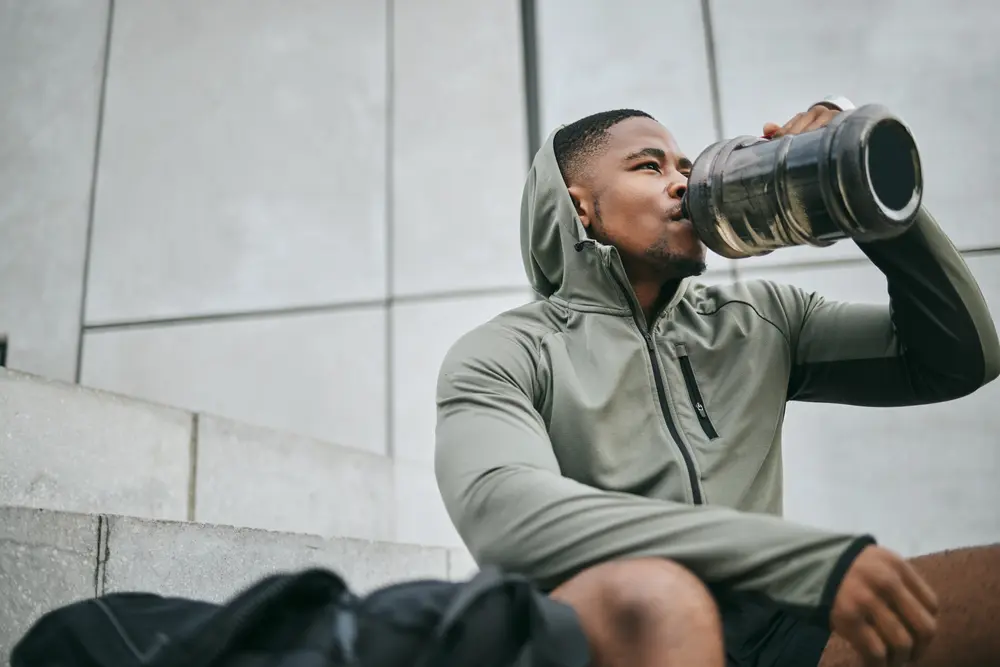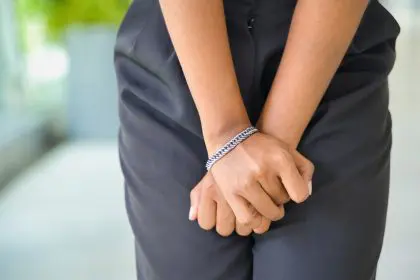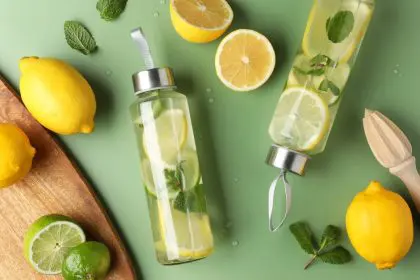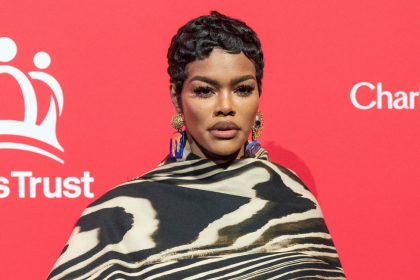Remember when everyone was obsessed with drinking eight glasses of water a day? Well, plot twist – some people took that advice and ran with it straight into the danger zone. Now we’re dealing with a whole new problem that sounds like something out of a medical drama but is surprisingly real and way more common than you’d think.
You’ve probably seen those influencers walking around with gallon jugs, preaching about the magical powers of extreme hydration. But here’s what nobody’s talking about – your kidneys weren’t designed to handle that kind of liquid assault, and your body might be staging a quiet rebellion against your well-intentioned water obsession.
The whole concept of water poisoning sounds completely backwards, doesn’t it? We’ve been so programmed to think more water equals better health that the idea of too much H2O being harmful feels like someone telling you that breathing too much oxygen is dangerous. Spoiler alert – that’s actually possible too, but let’s not get ahead of ourselves.
Your kidneys have limits and they’re not shy about it
Think of your kidneys as the world’s most sophisticated filtration system, except they come with a maximum processing capacity that nobody bothered to mention in health class. These amazing organs can handle about 0.8 to 1.0 liters of water per hour under normal circumstances. Push beyond that consistently, and you’re basically asking them to work overtime without pay.
When you flood your system with excessive water, your kidneys can’t keep up with the filtration demands. The excess water starts diluting your blood, which throws off the delicate balance of electrolytes that keep your cells functioning properly. It’s like trying to make soup but accidentally adding way too much broth – everything gets watered down and loses its effectiveness.
Your body maintains a precise sodium concentration in your blood, and when you dilute it too much with excessive water intake, your cells start acting like confused teenagers at a house party. They don’t know how to behave anymore, and the results can range from mildly annoying to genuinely dangerous.
The sneaky symptoms that fool everyone
Here’s where things get tricky – the early signs of overhydration look suspiciously similar to dehydration. Feeling tired? Could be too little water or too much. Getting headaches? Same deal. Feeling nauseous? Your body might be drowning in H2O rather than thirsting for it.
The fatigue that comes with overhydration happens because your cells are literally swelling up like tiny water balloons. When your brain cells start retaining excess water, you get that foggy, sluggish feeling that no amount of caffeine seems to fix. It’s your brain essentially operating in slow motion because it’s too busy dealing with fluid management issues.
Muscle cramps are another sneaky symptom that throws people off. Most folks assume cramps mean dehydration, so they drink even more water, making the problem worse. But when your electrolyte balance is off from too much water, your muscles can’t contract and relax properly, leading to those annoying spasms that seem to come out of nowhere.
The social media hydration trap
Social media has turned water consumption into a competitive sport, and frankly, it’s getting weird. People are posting their daily water intake like it’s a high score in a video game, completely ignoring the fact that hydration needs are incredibly individual and depend on factors like body size, activity level, climate, and overall health.
The problem with following generic hydration advice from Instagram fitness gurus is that they’re usually not considering your specific circumstances. That person chugging a gallon a day might be a 200-pound athlete training in Arizona heat, while you’re a 140-pound office worker in Seattle. Your hydration needs are about as similar as your shoe sizes.
The pressure to hit arbitrary water targets has created a generation of people who drink when they’re not thirsty, which goes against millions of years of evolutionary programming. Your thirst mechanism exists for a reason – it’s actually pretty good at its job when you’re not overriding it with external rules and social pressure.
When clear pee becomes a red flag
Everyone’s been taught that clear urine is the gold standard of hydration, but this might be one of those health myths that needs updating. Completely clear urine can actually indicate that you’re drinking more water than your body needs, essentially flushing out electrolytes faster than you can replace them.
Healthy urine should be pale yellow, like the color of light lemonade. This indicates proper hydration without the dilution that comes from excessive water intake. When your pee looks like plain water, it might be time to ease up on the constant sipping and let your body find its natural balance.
The obsession with crystal-clear urine has led people to drink water even when they’re not thirsty, which can disrupt the natural feedback loops that regulate fluid balance. Your body is incredibly smart about managing hydration when you’re not constantly interfering with the process.
The electrolyte balance your body desperately needs
Your cells don’t just need water – they need the right concentration of dissolved minerals to function properly. Sodium, potassium, magnesium, and other electrolytes work together like a perfectly choreographed dance team. When you dilute this team with too much water, the performance falls apart.
This is why athletes don’t just drink water during intense training – they consume sports drinks or electrolyte supplements to maintain the proper mineral balance. If you’re chugging massive amounts of plain water without replacing electrolytes, you’re essentially washing away the very substances your body needs to use that water effectively.
The solution isn’t necessarily drinking less water, but rather being more mindful about replacing electrolytes when you’re consuming large amounts of fluids. A pinch of sea salt in your water or eating foods rich in natural electrolytes can help maintain the balance your cells crave.
Finding your personal hydration sweet spot
Instead of following arbitrary rules about water consumption, try tuning into your body’s actual signals. Thirst is still the most reliable indicator of when you need fluids, despite what wellness culture might tell you. Your body has been managing hydration successfully for your entire life – trust it to continue doing its job.
Pay attention to your energy levels, skin elasticity, and yes, your urine color, but don’t obsess over hitting specific numbers. Some days you’ll need more water, some days less, and that’s completely normal. Your hydration needs change based on weather, activity, stress levels, and dozens of other factors that no generic formula can account for.
The goal should be consistent, moderate hydration throughout the day rather than forcing down massive amounts of water because someone on the internet said you should. Your kidneys, your energy levels, and your overall well-being will thank you for taking a more balanced approach to staying hydrated.















